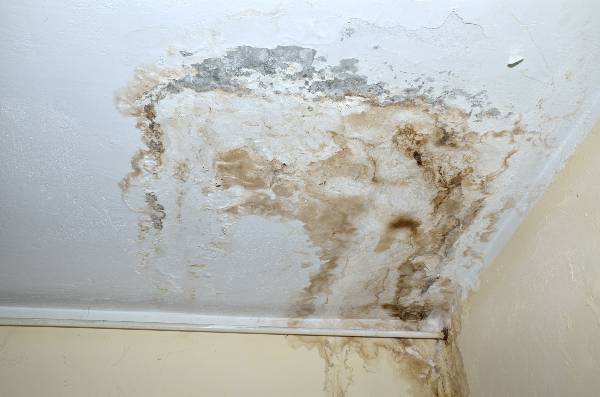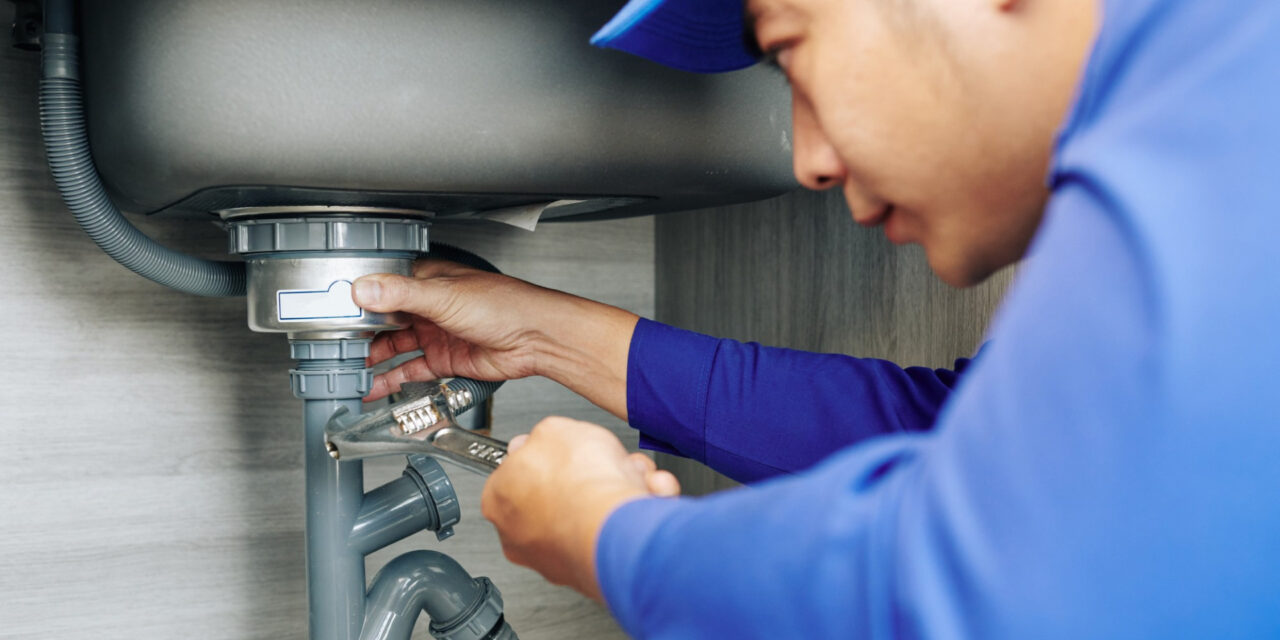What are your thoughts with regards to Locating water leaks?

Early discovery of leaking water lines can mitigate a possible disaster. In addition to saving you cash, it will minimize the worry and stress. The moment you locate a leak, calling your plumber for repair services is the best option. Nonetheless, some tiny water leaks may not be visible. If you can not detect it with your naked eyes, here are some hacks that help.
1. Analyze the Water Meter
Every house has a water meter. Checking it is a proven manner in which aids you uncover leakages. For beginners, switch off all the water sources. Guarantee no one will certainly flush, make use of the faucet, shower, run the cleaning maker or dishwashing machine. From there, most likely to the meter as well as watch if it will certainly transform. Considering that no one is using it, there need to be no motions. If it relocates, that indicates a fast-moving leakage. If you find no adjustments, wait a hr or two and check back once again. This indicates you might have a sluggish leak that could even be underground.
2. Examine Water Intake
If you spot sudden modifications, regardless of your consumption being the same, it implies that you have leaks in your plumbing system. A sudden spike in your bill suggests a fast-moving leak.
On the other hand, a constant increase each month, despite having the very same habits, shows you have a slow leakage that's additionally slowly escalating. Call a plumber to completely examine your residential or commercial property, especially if you really feel a warm location on your floor with piping below.
3. Do a Food Coloring Test
When it comes to water intake, 30% comes from commodes. If the shade in some way infiltrates your dish throughout that time without flushing, there's a leakage in between the storage tank as well as bowl.
4. Asses Exterior Lines
Do not forget to check your outdoor water lines as well. Needs to water permeate out of the link, you have a loosened rubber gasket. One little leakage can waste lots of water as well as surge your water bill.
5. Analyze the circumstance and also evaluate
House owners must make it a routine to inspect under the sink counters and also inside cupboards for any bad odor or mold and mildew growth. These 2 red flags show a leak so punctual interest is called for. Doing routine inspections, even bi-annually, can save you from a significant problem.
Extra significantly, if you recognize your home is currently old, keep a watchful eye on your heating units, tubes, pipes etc. Look for discolorations and deteriorating as many home appliances as well as pipes have a life expectancy. They will additionally normally degrade because of deterioration. If you suspect leaking water lines in your plumbing system, don't await it to intensify. Call a specialist plumber right away so you do not end up with a dreadful mess in your home.
Early detection of dripping water lines can reduce a possible catastrophe. Some little water leakages may not be visible. Checking it is a guaranteed means that aids you uncover leakages. One little leakage can waste lots of water as well as spike your water bill.
If you suspect leaking water lines in your plumbing system, don't wait for it to rise.
WARNING SIGNS OF WATER LEAKAGE BEHIND THE WALL
PERSISTENT MUSTY ODORS
As water slowly drips from a leaky pipe inside the wall, flooring and sheetrock stay damp and develop an odor similar to wet cardboard. It generates a musty smell that can help you find hidden leaks.
MOLD IN UNUSUAL AREAS
Mold usually grows in wet areas like kitchens, baths and laundry rooms. If you spot the stuff on walls or baseboards in other rooms of the house, it’s a good indicator of undetected water leaks.
STAINS THAT GROW
When mold thrives around a leaky pipe, it sometimes takes hold on the inside surface of the affected wall. A growing stain on otherwise clean sheetrock is often your sign of a hidden plumbing problem.
PEELING OR BUBBLING WALLPAPER / PAINT
This clue is easy to miss in rooms that don’t get much use. When you see wallpaper separating along seams or paint bubbling or flaking off the wall, blame sheetrock that stays wet because of an undetected leak.
BUCKLED CEILINGS AND STAINED FLOORS
If ceilings or floors in bathrooms, kitchens or laundry areas develop structural problems, don’t rule out constant damp inside the walls. Wet sheetrock can affect adjacent framing, flooring and ceilings.
https://www.servicemasterbyzaba.com/blog/how-to-detect-water-leakage-in-walls/

Do you really like reading up on Leaking water lines? Put a remark further down. We'd be pleased to see your thoughts about this write-up. In hopes to see you back again in the near future. Sharing is nice. You never know, you may very well be helping someone out. Thank you for your time. Come back soon.